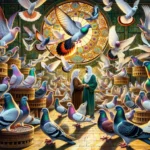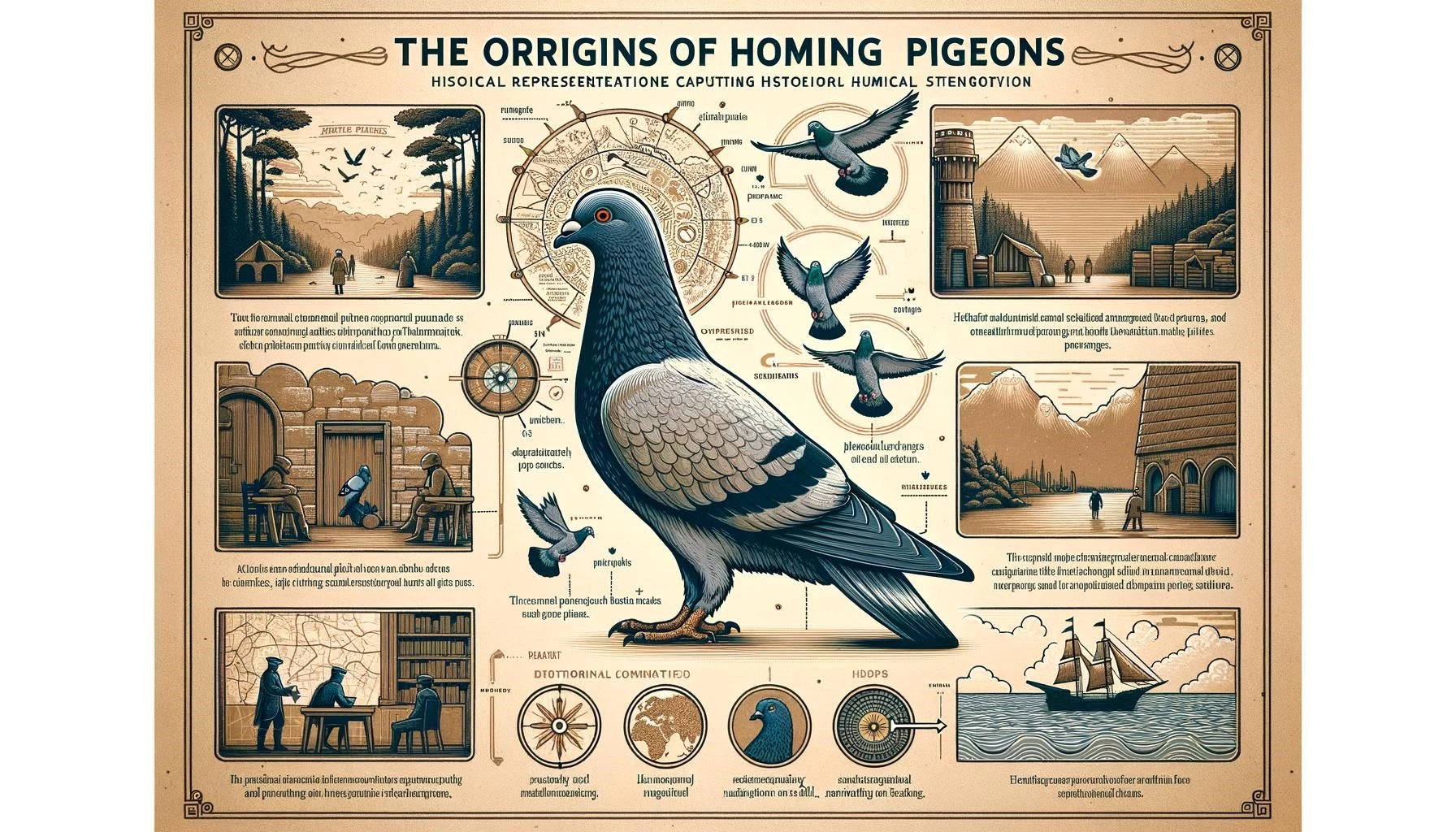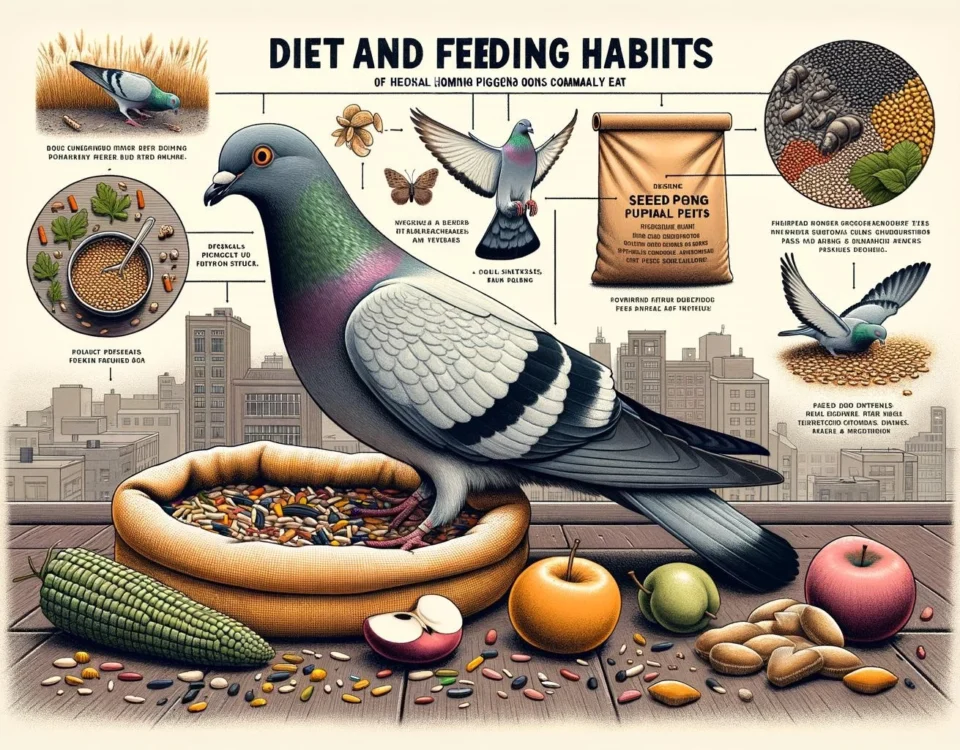Homing pigeons, famed for their uncanny ability to navigate vast distances, have a remarkable history that intertwines with our own. From their unique physical characteristics to their roles in history as messengers in times of war, these domestic birds have always been more than mere pets. Engaging in the delicate process of training and breeding these creatures requires both patience and precision, and their significance in literature is as fascinating as their real-world applications. As we unravel their story, we’ll also explore the ethical considerations surrounding their use in recent times.
Key Takeaways
- Homing pigeons are domestic pigeons bred for their ability to find their way home from long distances.
- They have been used as messengers, in pigeon racing, and as pets.
- Homing pigeons have distinct physical characteristics that set them apart from other pigeon species.
- Training and breeding homing pigeons require patience, careful planning, and attention to detail.
- Homing pigeons have played significant roles in history, including during times of war.
Homing pigeons, also known as racing pigeons, are domestic pigeons bred for their natural instinct to find their way home from long distances. There are two main types of homing pigeons: homers and racers. Homers are regular domestic pigeons, while racers are trained homers used in pigeon racing competitions.
These birds possess unique physical characteristics that contribute to their exceptional navigation abilities. They have a round and thin body shape, a distinct head shape, a broad chest for efficient flight, and an iridescent collar coat. Homing pigeons also vary in coat hues and eye colors, making them visually distinct. They often have identification bands attached to their legs for tracking and identification purposes.
Training and Breeding Homing Pigeons
Training homing pigeons requires patience and careful planning. It is recommended to start training them when they are around 6 weeks old. Gradual distance increase, establishing base locations, creating comfortable lofts, and timing and distance management are essential aspects of successful training. It is also important to prevent bird loss during training and be patient throughout the process.
Breeding homing pigeons involves checking their health, maintaining a clean loft, feeding them a special breeding mixture, pre-coupling the breeding pair, providing privacy, and preparing a nest box. These steps help create a conducive environment for successful breeding.
Significance of Homing Pigeons in History
Homing pigeons have played significant roles throughout history. They were used as messengers, particularly during times of war, including World War I and II. These birds were used to carry messages across enemy lines, earning recognition for their bravery and reliability. They have also been involved in pigeon racing competitions, showcasing their speed and stamina. In addition, homing pigeons have been kept as pets, appreciated for their unique characteristics and abilities.
In recent times, homing pigeons have been involved in illegal activities such as smuggling, which raises ethical concerns. It is important to appreciate and respect these birds for their natural abilities while ensuring their well-being and welfare.









